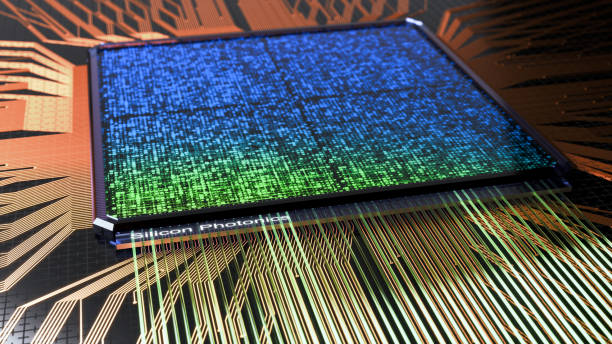Liquid Metal Microchips: The Next Frontier in Computing
In the ever-evolving landscape of computing technology, a groundbreaking innovation is poised to revolutionize the way we think about microprocessors. Liquid metal microchips, once relegated to the realm of science fiction, are now emerging as a tangible reality with the potential to reshape the future of electronics. This cutting-edge technology promises to overcome the limitations of traditional silicon-based chips, offering unprecedented performance, flexibility, and efficiency. As researchers and tech giants alike pour resources into developing this transformative technology, we stand on the brink of a new era in computing power.

Breaking the Silicon Ceiling
For decades, silicon has been the undisputed king of the semiconductor world. However, as we approach the physical limits of silicon-based chip technology, researchers have been scrambling to find alternatives that can continue to deliver the exponential growth in computing power we’ve come to expect. Liquid metal microchips offer a tantalizing solution to this problem, with the potential to surpass silicon in both performance and versatility.
The Science Behind the Flow
At the heart of liquid metal microchip technology lies a class of materials known as eutectic gallium alloys. These alloys, which include combinations of gallium, indium, and tin, have a unique property: they remain liquid at room temperature while still conducting electricity efficiently. This allows for the creation of circuits that can change shape, self-heal, and even reconfigure themselves on the fly.
Bending the Rules of Rigid Electronics
One of the most exciting aspects of liquid metal microchips is their potential to create truly flexible electronics. Traditional rigid circuit boards could be replaced with malleable substrates that can bend, stretch, and conform to various shapes without losing functionality. This opens up a world of possibilities for wearable technology, flexible displays, and even implantable medical devices that can adapt to the human body’s movements.
Self-Healing and Adaptive Computing
Perhaps one of the most revolutionary aspects of liquid metal microchips is their ability to self-heal. In traditional electronics, a single crack or break in a circuit can render an entire device useless. Liquid metal circuits, however, can flow back together when damaged, potentially restoring functionality without human intervention. This self-healing property could lead to more durable and long-lasting electronics, reducing waste and extending the lifespan of our devices.
Challenges and Hurdles
Despite the immense potential of liquid metal microchips, significant challenges remain before they can become a commercial reality. Controlling the flow and behavior of liquid metals at the microscale is a complex task that requires precise engineering. Additionally, ensuring the long-term stability and reliability of these liquid circuits under various environmental conditions poses another significant hurdle.
The Race to Market
As with any groundbreaking technology, the race to bring liquid metal microchips to market is heating up. Major tech companies and startups alike are investing heavily in research and development, each vying to be the first to crack the code of commercially viable liquid metal electronics. While exact price points are still speculative, industry analysts predict that early adopters may see premium pricing, with costs expected to decrease as manufacturing processes are refined and scaled.
A Glimpse into the Future
The potential applications of liquid metal microchips extend far beyond just faster computers and more flexible smartphones. This technology could enable entirely new categories of devices, from shape-shifting robots to adaptive infrastructure that can respond to environmental changes. As we look to the future, the possibilities seem limited only by our imagination.
In conclusion, liquid metal microchips represent a paradigm shift in the world of computing and electronics. While challenges remain, the potential benefits of this technology are too significant to ignore. As research continues to progress, we may soon find ourselves on the cusp of a new technological revolution, one that flows and adapts as easily as the liquid metals at its core. The future of computing is fluid, and it’s coming faster than we might think.





